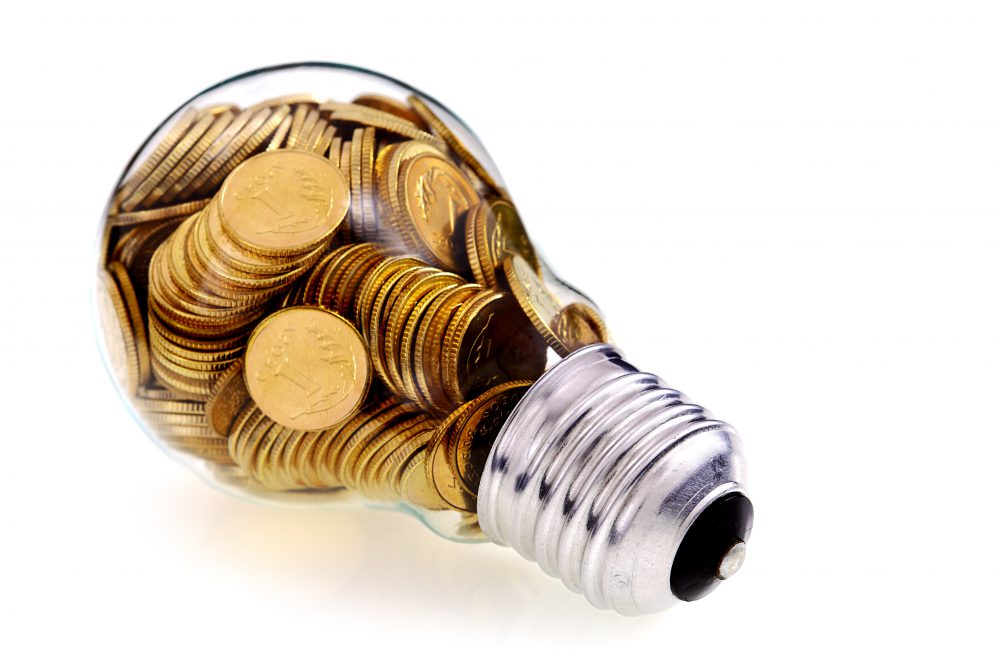Everyone wants to improve their energy management, and while there are countless best practices to improve energy efficiency in your processing, I look at it from an engineering perspective.
When designing a new facility or renovating an existing one, I consider the different ways the plant can prioritize energy management within each engineering group that brings the building to life. Let’s explore how you can design energy management into your next greenfield or renovation project.
Electrical engineering
Lighting
The biggest consumer of energy that the electrical engineering department has control over is your facility’s lighting. There are several ways to make your lighting more efficient and some innovative approaches to managing consumption.
LED lights
From industrial facilities to residential homes, LED lights have become the new standard. These energy-efficient bulbs last longer and translate into long-term savings. LED lighting is great for warehouses due to its dimmability, low maintenance costs and its ability to perform well in cooler conditions like freezers and cold storage facilities.
Occupancy sensors
Installing occupancy sensors for your lighting ensures lights aren’t left on when they’re not being used. These motion-detecting sensors determine when a person or piece of equipment moves in the room and turn the lights on accordingly.
In cold storage warehouses and facilities, lights are typically set to a minimum level (the equivalent of 15 foot-candles) when not in use. In office spaces, lights can turn off completely.
Daylight harvesting
This technology adapts to ambient daylight in a space and adapts the brightness of lighting fixtures accordingly. The idea is to maximize the amount of natural light available and minimize energy consumption, while still maintaining a level of light that complies with OSHA standards.
We typically install sensors that toggle lights on or off, but dimmable lights are also available. The latter requires a greater investment up front, but it allows artificial and natural light to adjust on a sliding scale depending on the environment.
Meters
Installing meters can help plant personnel monitor energy usage more precisely and make adjustments accordingly. These so-called “submeters” are installed in addition to your plant’s main utility meter and can monitor individual consumption areas such as:
- Refrigeration equipment
- Mechanical equipment
- Processing
- Lighting
A usage meter is like a speedometer on your car: You don’t need one to drive, but it’s helpful to know if you’re speeding. These relatively inexpensive add-ons can track spending and help identify where saving efforts should be concentrated.
Mechanical engineering
Energy recovery ventilators (ERVs)
ERVs can generate big cost savings if incorporated into your HVAC system. Here’s how they work: When outside air is brought into an HVAC system, it has to be conditioned (cooled or warmed) before entering the building. An ERV allows outgoing air to transfer some of its energy to the incoming air without contaminating it, meaning less energy is used to condition that outside air.
Variable frequency drives (VFDs)
VFDs are used to slow down motors and fans. Traditionally, a motor or fan only toggles on or off, so even if you only needed it to perform a relatively small task, it would still ramp up to it’s maximum capacity. A VFD allows you to have more control over a motor or fan and adjust the output according to specific needs. They can be installed on just about any mechanical equipment from pumps and fans to motors and compressors.
Refrigeration engineering
Head pressure controls
By installing these controls, you can lower the head pressure of your refrigeration system, which lowers your overall plant compression ratio. This can translate into big operational savings. On one client project we were able to save 28 percent on the ammonia system by adding two evaporative condensers, which lowered the head pressure and the condensing temperature by nearly five degrees.
Newer condenser controls
Installing VFDs on evaporators and compressors is an energy-smart move for your refrigeration system as well. Installing a VFD on your evaporator fans can translate to two to four percent savings on average with a payback range of one to five years. Having VFDs on at least one compressor per suction level, you could see a payback level of two to four years.
Tracking and Utilizing Usage Data
Once these cost-saving features are designed into a facility, it’s up to plant personnel to monitor usage and optimize processing. Today, building management systems (BMS) and building automation systems (BAS) are more robust than ever. These software systems can receive a variety of inputs such as energy usage, temperature information and equipment status within a facility.
This technology has come a long way, and many BMS and BAS systems are now cloud-based. That means one person can log-in to the platform from anywhere (such as the company headquarters) and analyze data from several plants remotely.
Energy management is a continuous effort at any food and beverage facility. Monitoring software and optimized processes are important, but it’s paramount to ensure your engineering infrastructure and design support those efforts to ensure you’re not taking one step forward and two steps back.
Note: A version of this post first ran in the November/December issue of Food Manufacturing magazine.




I am the Chief Engineer at a Cascade Refrigeration system in Toronto, Canada, we have all these Energy Management Systems installed in our system, giving considerable amount of conservation in our plant. one thing I learned from your article, that is installation of submeters on each system, would recommend my management to install these submeter to know, how much energy we are saving, by utilizing above mentioned energy saving gadgets.
Thank you for reading!
Very informative article on Energy Management Systems of a Refrigerated ware house. this fully Automated warehouse is constructed in the year 2020-2021 and commissioned in October 2022. name is Metro West Mall Distribution center in Toronto, Canada.
would like to hear more valuable articles as such.
Thank you.
Masood Rizvi
Chief Engineer
Toronto Frozen D.C.